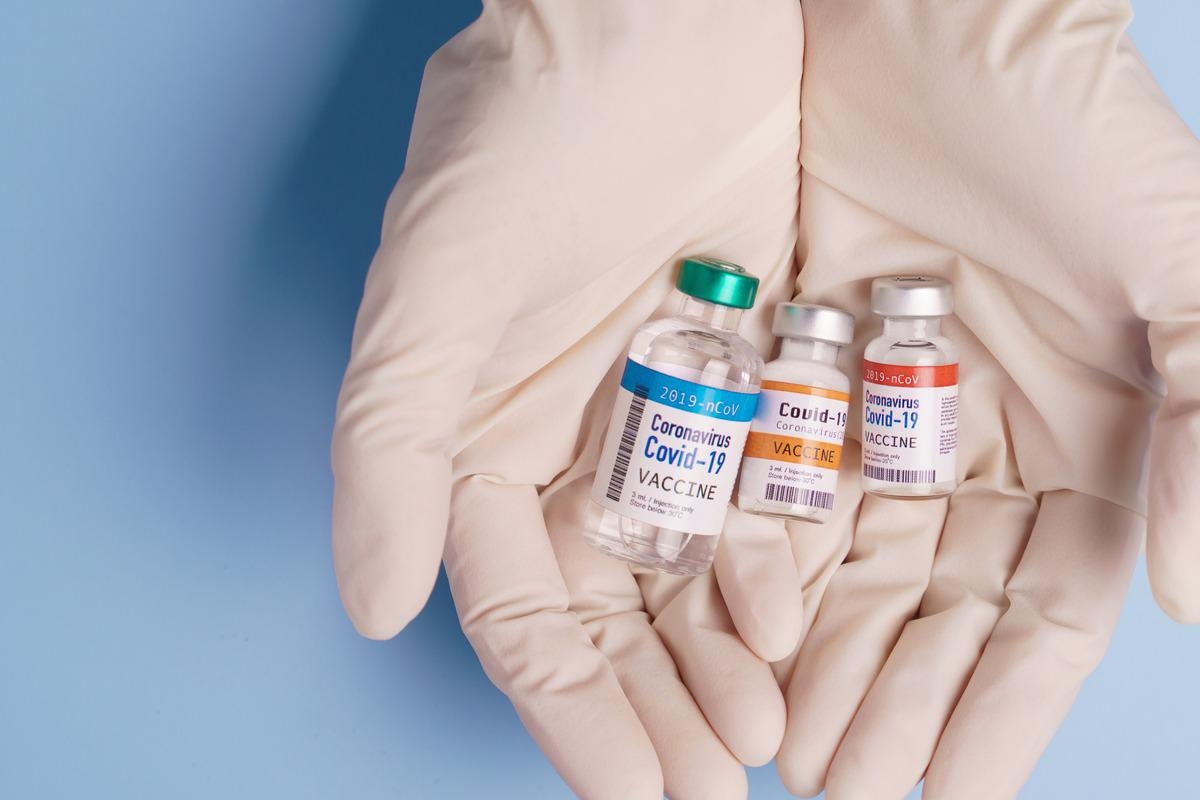 By Sam HancockReviewed by Danielle Ellis, B.Sc.Feb 4 2022
By Sam HancockReviewed by Danielle Ellis, B.Sc.Feb 4 2022The development and mass administration of vaccines allowed many governments to dismantle the costly and restrictive measures put in place to halt the transmission of severe acute respiratory syndrome coronavirus 2 (SARS-CoV-2). The sheer scale of the vaccination programs offers very large sample sizes for estimating vaccine effectiveness, which researchers have taken advantage of in their most recent study in Emerging Infectious Diseases.
 Study: Effectiveness of 3 COVID-19 Vaccines in Preventing SARS-CoV-2 Infections, January–May 2021, Aragon, Spain. Image Credit: myboys.me/Shutterstock
Study: Effectiveness of 3 COVID-19 Vaccines in Preventing SARS-CoV-2 Infections, January–May 2021, Aragon, Spain. Image Credit: myboys.me/Shutterstock
The study
The researchers studied residents in Aragon, Spain, and conducted a prospective population-based cohort study among the Aragon Health Service users of 16 years old and higher. To be eligible, participants must have evidence of no previous SARS-CoV-2 infection through rtPCR, antigen testing, or IgG testing.
The researchers tracked most vaccine data, except for individuals who received the Janssen vaccine, as the number of individuals who had received it was too low for proper analysis. Each patient was grouped by vaccination status until they were either infected or died from the disease. Following the first dose, patients were defined as exposed up until 12 days for the Pfizer-BioNTech vaccine, two weeks following the Moderna vaccine, and three weeks following the AstraZeneca vaccine. Unvaccinated patients were defined as unexposed.
For patients to be characterized as infected, the presence of SARS-CoV-2 was required to be confirmed by either rapid antigen testing or RT-PCR. Several characteristics were examined to evaluate the risk of confounding effects, including age, sex, work/residency in nursing/residential homes, the incidence of SARS-CoV-2 in the local area, and the number of tests administered in the past six months.
The incidence rate (IR) of SARS-CoV-2 infection was defined as the number of confirmed SARS-CoV-2 infections divided by the sum of exposure times for each participant. Unadjusted estimators were computed using a Cox proportional-hazards model that included vaccination status, and unadjusted vaccine efficiency was computed against SARS-CoV-2 infection as 1 minus hazard ratio. Adjusted estimators were computed using the same model type, including the baselines data on most of the characteristics that were at risk of acting as confounders as categorical covariates in the models.
Weekly cumulative incidence (WCI) from each primary care service area and the number of tests administered in the area were added as time variable terms. Each interval was assigned to the previous weeks' WCI, and all intervals were added to the model as individual observations. Age and WCI were split into four categories based on percentiles.
In total, the scientists managed to gather a cohort of 964,258 individuals – around 72% of the population of Aragon. Participants' vaccination exposure was stratified by their demographic characteristics. Approximately 242,000 had been vaccinated with one dose of the Pfizer/BioNTech vaccine, slightly less with two doses, ~32,000 with one dose of Moderna and ~15,000 with two, and just under 100,000 with one dose of the AstraZeneca vaccine. Five hundred ninety-two thousand had not been vaccinated.
The researchers found that the unvaccinated participants had a total of 25,767 infections – an IR of 1.41/1000 person weeks. This was the highest IR of all vaccine groups, with those who had received one dose of Pfizer-BioNTech, Moderna, and Oxford-AstraZeneca showing IRs of 0.86, 0.31, and 0.55, respectively. Of the individuals who had received two doses of Pfizer-BioNTech or Moderna, the IRs were 0.23 and 0.21. Unadjusted vaccine effectiveness for each vaccine was calculated at 23.5% for one dose and 76.1% after two doses of the Pfizer-BioNTech vaccine, 69.2% and 78.4% for Moderna, and 43.7% after one dose of the AstraZeneca vaccine.
These figures changed slightly after adjusting for confounding characteristics, with Pfizer-BioNTech showing 20.8% and 76.1%, Moderna showing 52.8% and 70.3%, and AstraZeneca showing 40.3%. The risk of SARS-CoV-2 infection was, as expected, highest for unvaccinated participants – 2% at day 44 and 4% at day 154. For most vaccinated participants, the risk remained below 1% for the entire study, except for those who received the Pfizer-BioNTech vaccine, as the risk rose to 1% at day 40 before falling again.
Conclusion
The authors highlight that they have successfully shown the effectiveness of different vaccines against SARS-Cov-2 infection and have found different and lower efficacy estimates than official clinical trials. They suggest that the difference in Pfizer-BioNTech results could be due to the cohort's significantly higher percentage of elderly individuals. The difference in results for the Moderna vaccine is put down to low sample sizes in the initial study.
Unfortunately, early worries over the safety of the AstraZeneca vaccine halted administration, and the vaccine was almost exclusively applied to the elderly – making it difficult to assess the results. The information gathered and analyzed here could be valuable to public health policymakers and vaccine manufacturers and help decide which vaccines governments will prioritize.